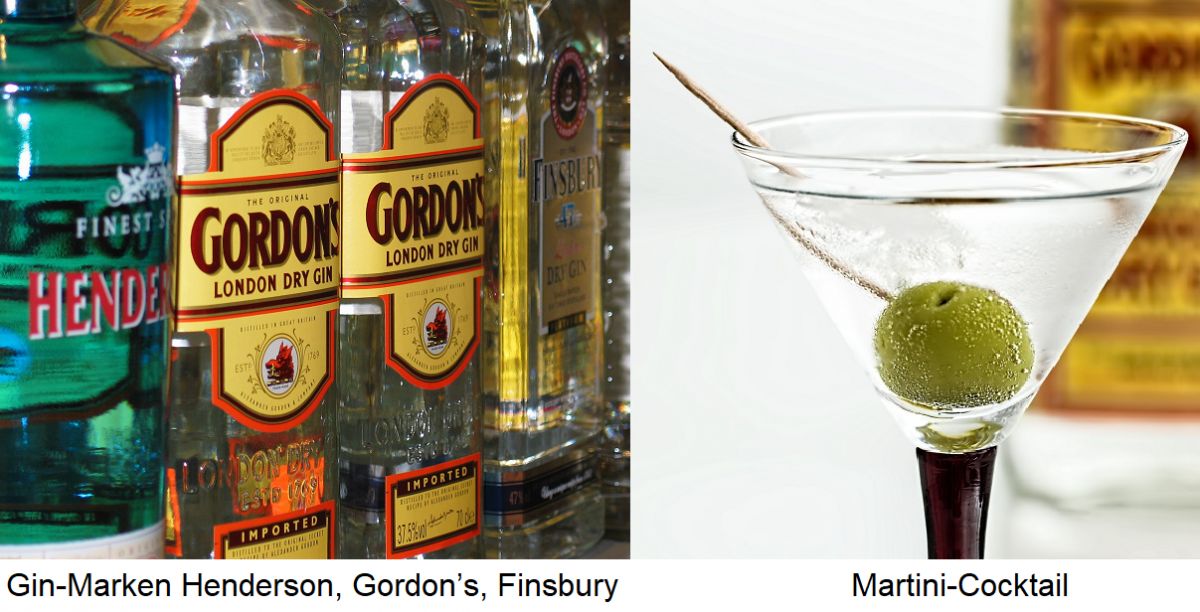A spirit distilled from grain or sugar cane molasses; the Dutch genever is considered the forerunner. The name is derived from the French "genévrier" (juniper). The first mention of a juniper schnapps called genever was made in the 17th century by the Dutch physician Franciscus Sylvius (1614-1672). When William III of Orange-Nassau (1650-1702) ascended the English throne in 1689, he brought genever with him from his homeland. He made the production of juniper brandy tax-free and at the same time imposed heavy taxes on the import of French alcoholic beverages. English soldiers who supported the Dutch in the Dutch-Spanish War also brought this liquor to the British Isle, where it was given the name gin. By decree in 1690, it was stipulated that gin could only be produced from English grain. In 1697, the first written record of a gin distillery in England was found in a former monastery in Plymouth.

Production
Today, the raw material is mostly grain (barley, corn, wheat, rye), but molasses (sugar cane) and, as with vodka, potatoes are also used. The characteristic taste is created by flavouring with juniper berries, which is why gin is also called juniper schnapps. In addition, depending on the producer, more than 100 other flavourings are used, such as ginger, nutmeg, coriander, orange peel and paradise apple seeds. Depending on the type, certain practices are prescribed. These include distillation (single to triple) and flavouring. This can be done before, during or after distillation. The alcohol content must be at least 37.5% vol. for almost all types in the EU.
Types
There are a lot of names that are confusing for the layman. A Dry Gin must not have been sweetened by more than 0.1 g/l. A London Dry Gin differs from a Dry Gin mainly in that the addition of artificial flavourings is not permitted during production. The brand Gordon's London Dry Gin, created by Alexander Gordon, has been produced since 1769. An Old Tom Gin is sweetened by adding sugar. All gins are distilled, but a gin described as Distilled Gin must have been distilled at least twice. A sloe gin is a sloe liqueur. There is no defined origin (not even for London Gin), only production rules. All types of gin may be produced throughout the EU.
Further information
Gin is also a popular ingredient in cocktails, including the famous Martini cocktail(favourite drink of James Bond 007 - see under cinema and TV films) and the long drink gin and tonic. See also under Distilling and spirits.
Martini cocktail: by Steve Buissinne on Pixabay
Source: WIKIPEDIA Gin
Voices of our members

Serious sources on the internet are rare - and Wine lexicon from wein.plus is one such source. When researching for my articles, I regularly consult the wein.plus encyclopaedia. There I get reliable and detailed information.
Thomas Götz
Weinberater, Weinblogger und Journalist; Schwendi